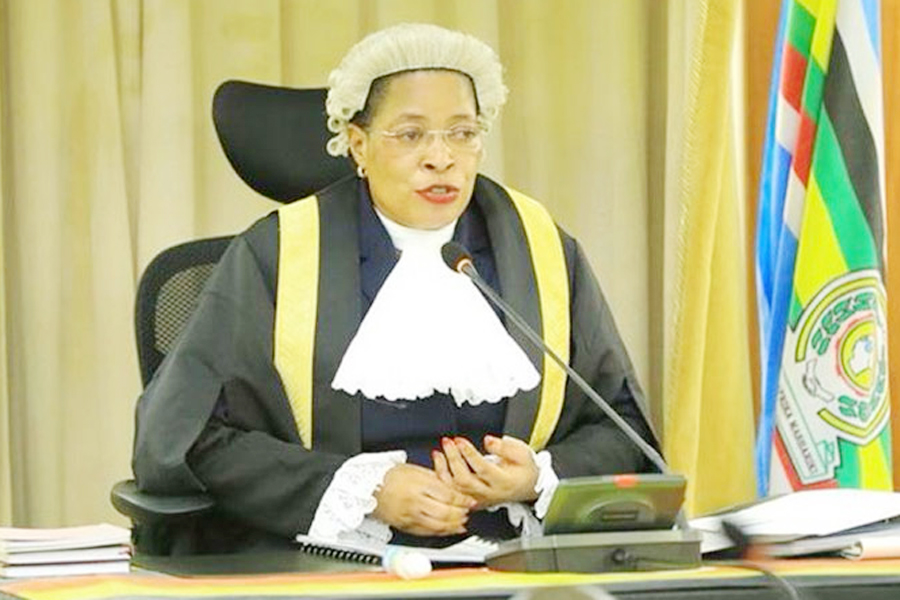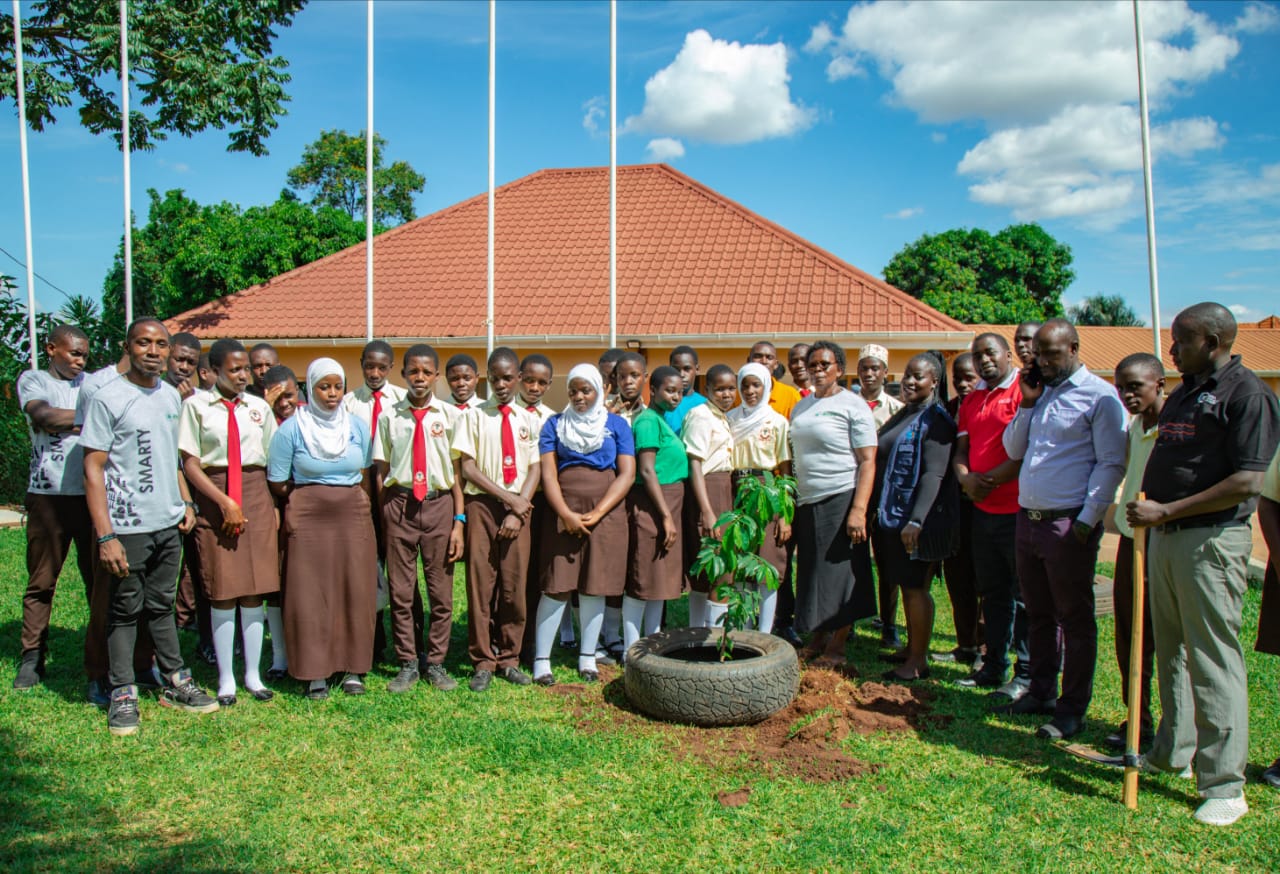How better physical planning turned Jinja into a model city
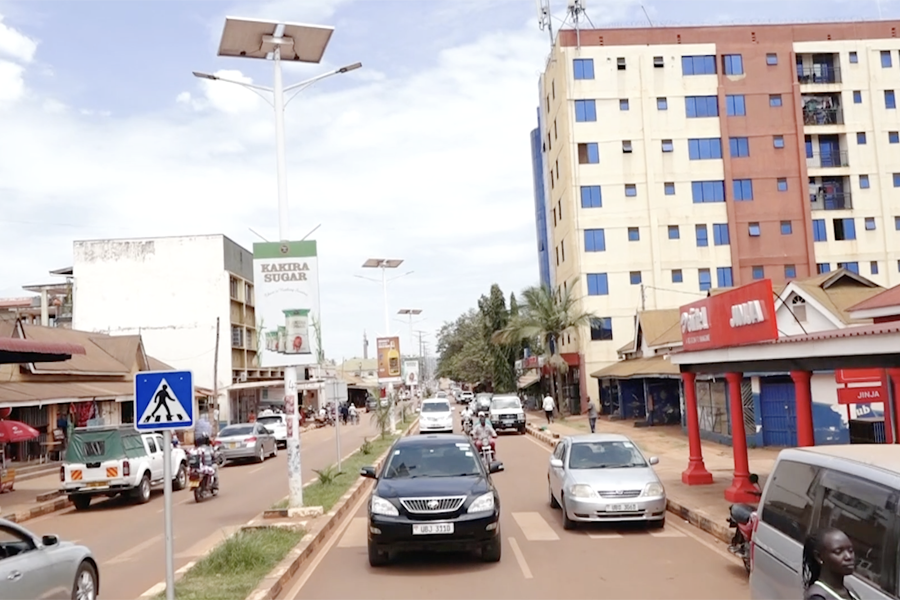
Under the USMID Program, implemented by Ministry of Lands, Housing and Urban Development, the last 10 years have seen Jinja grow, and transformed to spread its influence to the neighbouring Lugazi and Kamuli municipalities.
Jinja in Eastern Uganda, has stood the test of time as an industrial city. Due to its proximity to the Capital Kampala, it has been meticulously planned as a model city, from where other regional cities should replicate.
Under the USMID Program, implemented by Ministry of Lands, Housing and Urban Development, the last 10 years have seen Jinja grow, and transformed to spread its influence to the neighbouring Lugazi and Kamuli municipalities.
The quest for a modern, urban economy based on outstanding physical planning has been a long but familiar one for Jinja city.
Under the World Bank-funded USMID Program through the Ministry of Lands, Housing and Urban Development, Jinja has benefitted from an integrated physical planning approach, to make it an example to other cities.
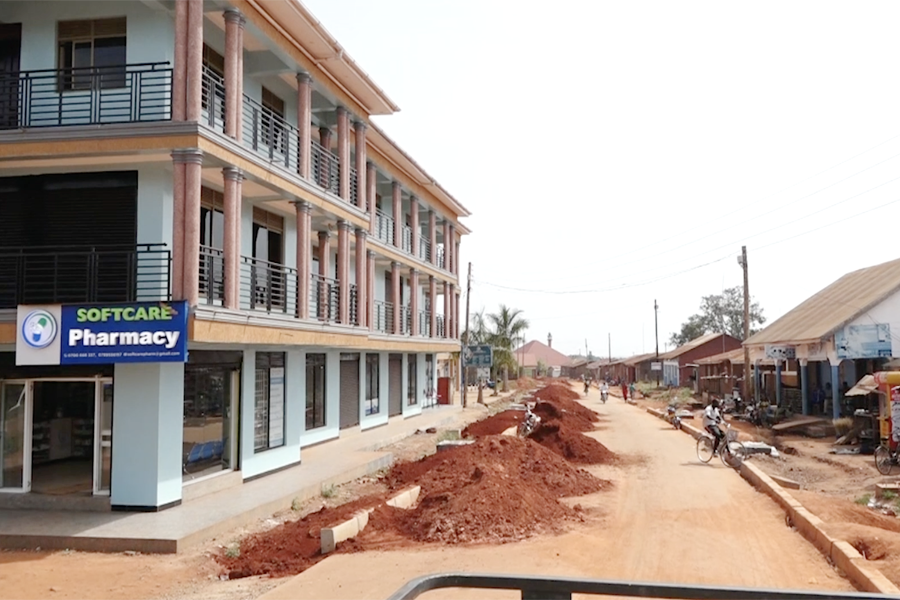
Vincent Byendaimira, the commissioner Physical Planning in the Ministry of Lands, Housing and Urban Development, stressed that the people of Jinja longed for the city status.
"When we set out to plan Jinja, there was already a demand for city status and the people of Jinja already knew what they wanted in the new city, " Mr. Byendaimira noted.
Jinja City Speaker Bernard Mbayo highlights the infrastructure burden the city has to contend with. He also clarified at the infrastructure burden that Jinja has to grapple with.
"Before we became a city, Jinja had 215km of roads, that were in dire need of reconstruction, and now that we became a city and having annexed a couple of sub- counties onto the former municipality to become a city and now, we have 513km of roads to look after," Mbayo said.
He added that 7KM of these roads have been rehabilitated under the USMID program, including Clive and Clerk roads (1.891km), Bell Avenue East & West (1.466km), Busoga Avenue completion (0.75km), all complete with Traffic signalling, and Drainage Works.
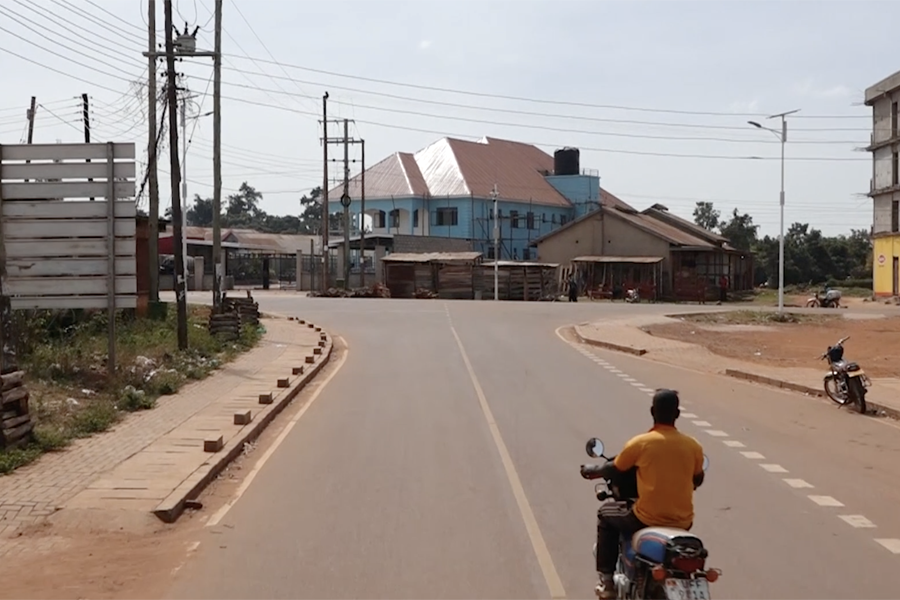
"These developments have not only delivered a smart face to the country's oldest urban zone, but also installed modern street lights and greener islands separating lanes of traffic flow," said Mbayo.
Locals say the city’s facelift thanks to USMID is turbocharging tourism numbers and contributing to an economic boom, and a safe 24 hour economy.
"Before USMID, the road used to be dusty and we could close our shops as early as 7:00pm but now we work till late due to the guaranteed security as a result of the street lights.
Customers, especially tourists also find comfort in buying our merchandise, especially when they are done with their meals at the nearby source Cafe," Amoro Peace, a local craft dealer revealed.
Under the USMID Program, Jinja brought on board the municipal councils of Lugazi and Kamuli. According to the Kamuli deputy Mayor, Denis Kagabo, the program’s impact is undeniable. Kamuli Deputy Mayor Denis Kagabo applauded the USMID intervention for delivering life in Kamluli.
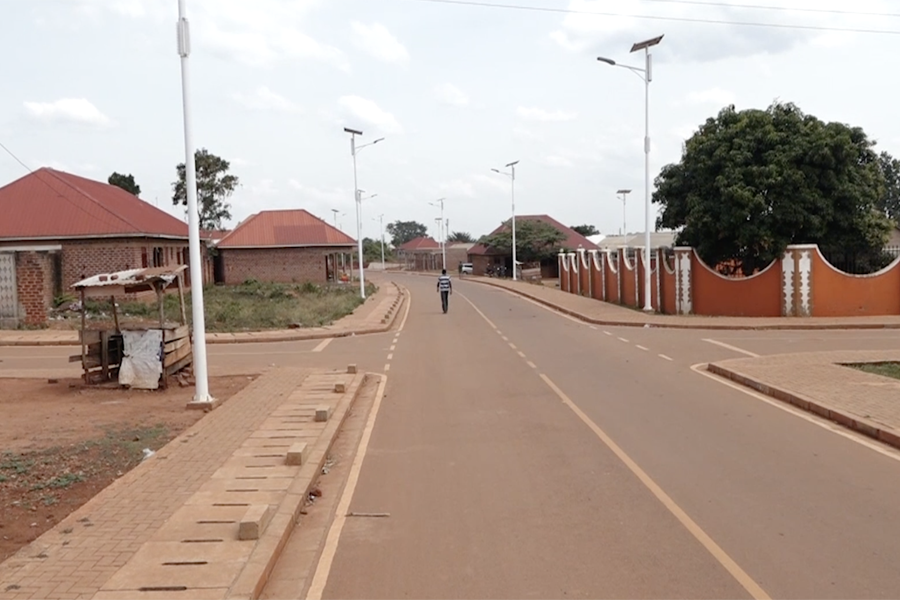
"We the people of Kamuli would like to thank the president of Uganda for the vision he had. We in Kamuli have done roads, they are very good and they are lit. They are on international standard," Mr Kagobo excitedly applauded.
Similar feelings cut across in Lugazi, where the local dwellers smile with a less dusty environment due to tarmacked roads.
'The roads are of high quality and the drainage system is superb. Previously we used to suffer due to dust, " Abdu Qaadir, the area Division Councillor commended the intervention.
The journey that started from the country's oldest industrial centre 10 years ago has spread beyond its borders to its neighbouring municipalities of Kamuli and Lugazi, with Iganga slated to follow suit in the new program.








